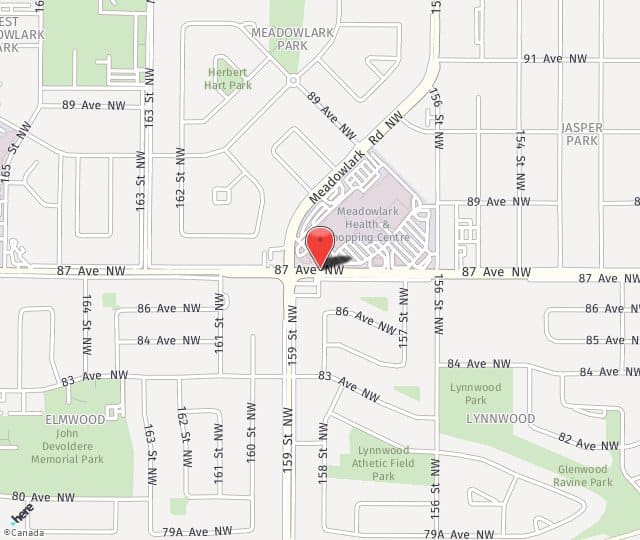Abdominoplasty (tummy tuck) helps flatten the abdomen by removing excess fat and skin, and tightening muscles. The best candidates for abdominoplasty are in good physical condition, with pockets of fat or loose skin that have not responded well to diet and exercise. Abdominoplasty can also be appropriate for slightly obese people whose skin has lost some of its elasticity and for women with skin and muscles stretched from pregnancy. Anyone planning on losing a significant amount of weight, and women planning on having (more) children, should wait before undergoing abdominoplasty.
The Abdominoplasty Procedure
Abdominoplasty is performed with the patient under general anesthesia. Two incisions are made: one from hipbone to hipbone close to the pubic area and one from hipbone to hipbone just above the navel. A third circular incision is also made around the navel. Excess skin and fat to be removed are elevated from the abdominal muscles, which are then pulled together and stitched into place for a firmer abdomen and narrower waist. The remaining upper abdominal skin flap is then stretched down over the newly tightened muscles, excess skin is removed, and the navel is reattached where it looks natural. Incisions are closed in layers using dissolvable sutures. The incisions are then dressed with steri strips, dry gauze and tape. Drains are almost always used.
Recovery After Abdominoplasty
For several days postsurgery, most patients feel tired and sore. Many can return to work within 2 weeks provided they are not lifting greater than 5 pounds. Exercise and other strenuous activity should be avoided for at least 1 to 2 months.
Drains will be left in place to prevent a buildup of fluid in the abdomen. Drains should be removed based on the volume of drain output and after follow up and discussion with your plastic surgeon; this usually takes 1 to 2 weeks.
Sutures do not need to be removed and dissolve on their own over the course of weeks to months. Postoperative pain, swelling and sensitivity diminish during the first few weeks. Scars begin to fade within the first months and continue to improve and become less conspicuous over time. Scars can take 1 to 2 years to mature to their final appearance.
The results of abdominoplasty are noticeable immediately after surgery. As swelling and bruising subside, abdomen appearance improves. Abdominoplasty leaves a scar spanning the lower abdomen from hip to hip, although it is low enough to be concealed by clothing. Maintaining weight with a balanced diet and regular exercise provides long-lasting results.
Risks Of Abdominoplasty
In addition to the usual risks associated with surgery and anesthesia, specific risks associated with abdominoplasty can include the following:
- Asymmetry
- Poor aesthetic result
- Hypertrophic/pathological scarring
- Separation where incisions meet (dehiscence)
- Loss of skin/tissue where incisions meet
- Persistent loose skin
- Numbness in skin sensation
- Partial or total loss of navel
- Need for revisional surgery
Patients who have had previous abdominal surgery may find that their old scars look more raised, have stretched or are more noticeable in general. Undergoing a scar revision may minimize their prominence.

